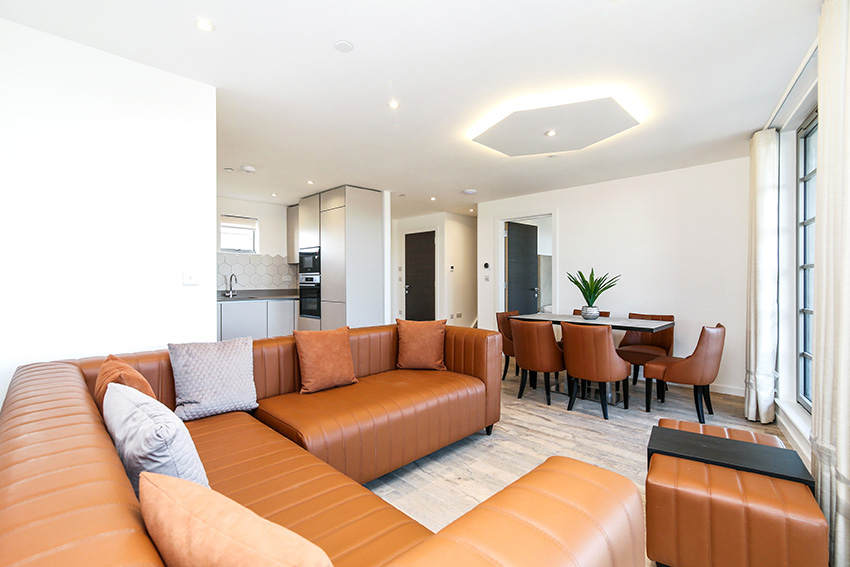
How the Build to Rent sector offers a safe haven from COVID
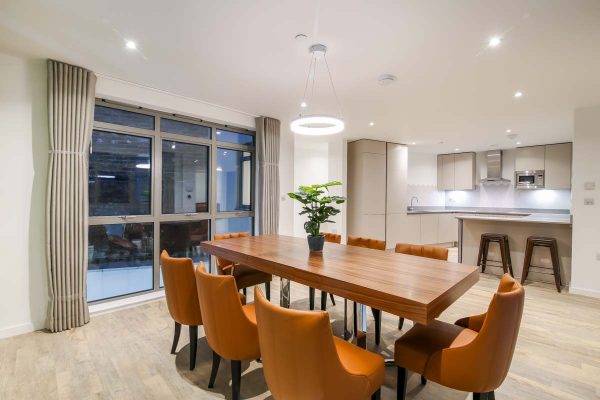
PPP Capital’s Managing Director Sanjeev Patel explains how…
…with the UK commercial property market stuttering back into gear following Brexit and COVID, the Build to Rent (BTR) market is offering a multitude of win-win opportunities for developers, renters (and investors).
It’s been almost two years since the COVID pandemic crash-landed on the world and left the UK to feel the full force of socio-economic upheaval.
The series of lockdowns (which finally ended in July) made city living far more prohibitive, so it was not a huge surprise to see tenants making drastic lifestyle choices and relocating during the pandemic. At PPP Capital, we’ve seen growing interest in single-family house builds as opposed to rental flats, especially in non-urban areas – something of an outlier in the Build to Rent (BTR) space, but something that is gaining popularity in modern times.
However, if the past 18 months were beset by challenges, the UK is now tiptoeing out of its socioeconomic hibernation.
According to research done by Savills, an influx of urban workers with higher spending power has pushed up rents in several niche BTR markets across the UK. Now, with the return of students and a young, mobile workforce, city centre demand is on the rise and transport hubs are once again bustling with traffic. While senior politicians haggle over “building back”, the BTR sector has reasserted its resilience by demonstrating its ability to build forward.
Statistics show the UK’s BTR stock now standing at 63,950 completed homes with a further 42,000 homes under construction. Looking forward, the future pipeline currently stands at just under 100,000 homes, including those in the pre-application stage. This brings the total size of the sector to 205,500 homes completed or, currently in development.
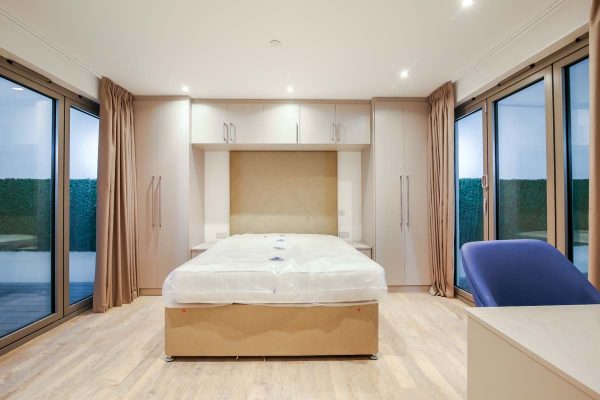
The BTR sector has shown itself to be fully capable of building large volumes of housing. This contrasts starkly with the Government’s manifesto pledge to build 300,000 houses in the next 5 years – a target that’s unlikely to be met. Although the emergent BTR sector is far smaller than the traditional homes for sale industry, its nature and mechanics create a far more balanced method of creating superb modern homes. No one is suggesting that the boutique BTR sector can fill the gap in the UK’s housing market supply singlehandedly, although many now agree the niche sector provides valuable insights into how to conduct new builds fit for a modern tenant.
For starters, the BTR sector is en-route to becoming the de facto choice for investors, developers and renters alike. For investors, the attraction is primarily driven by large-scale market participants such as pension funds – interested in stable longer-dated returns which are often challenged by the traditional home sales market.
Despite enduring two difficult years as a result of COVID-19, British BTR investment totals broke all previous records earlier this year after posting an annual growth rate of 38% as the sector received a healthy £1.2 billion in investment. Moreover, nearly £420 million was invested just in Q3 2021 alone, while forward fund deals made up 64% of investment flowing into the sector – in line with the 3-year average.
However, the COVID effect has also been significant.
Living in large cities like London, Manchester and Birmingham became more prohibitive and led to London starts faltering. The capital’s construction pipeline shrunk by -9% over the past year alone.
The knock-on effect has been that other regions saw their construction pipeline rise by 22%, although, the BTR sector continues to rebalance and shift towards regional towns and cities with strong fundamentals. Urban hubs like London and Manchester are leading the charge once more.
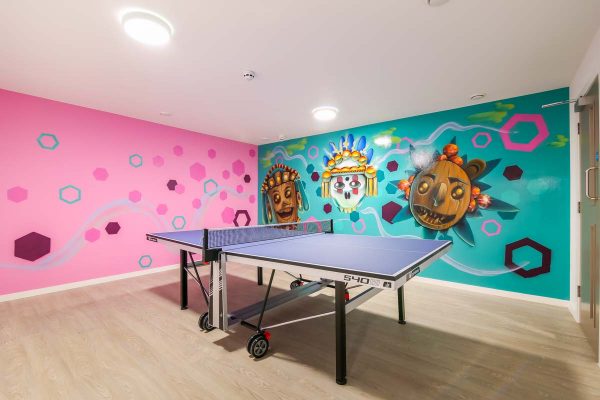
Building to Rent
Considering that both Brexit and the COVID pandemic have forced the UK to distance itself from Europe, it may be worth remembering that the development of the BTR model, first and foremost in London, drew from experiences and expertise from the United States.
Merely a decade ago, tenants renting from a kaleidoscope of small private landlords often endured lacklustre service, punitive agency charges and hefty deposits.
Fast forward to today and we are seeing the arrival of professionally managed, wholly-owned builds of all shapes and sizes, with landlords serving customers by drawing on skills learnt in hospitality and retail industries. A truly boutique experience that puts the tenant first.
BTR has firmly established itself as the top pick for prudent investors looking for a new niche that both outperforms traditional returns while delivering a customer-centric service that everyone can truly call “win-win”.
In fact, turnover in the BTR sector – from a landlord/investor perspective – is starting to eclipse the mainstream sectors like office space and retail.
It took a few years for the industry to understand the model’s ins and outs and, crucially, its incredible investment potential. This growth was hindered in Q1 2020 by the COVID pandemic which slowed the rate of investment to 8.7% as investors paused to take stock of the changing environment around them, but COVID has failed to turn the tide.
Despite these years of up and down, since 2012, the estimated total investment in UK BTR has grown by 335%.
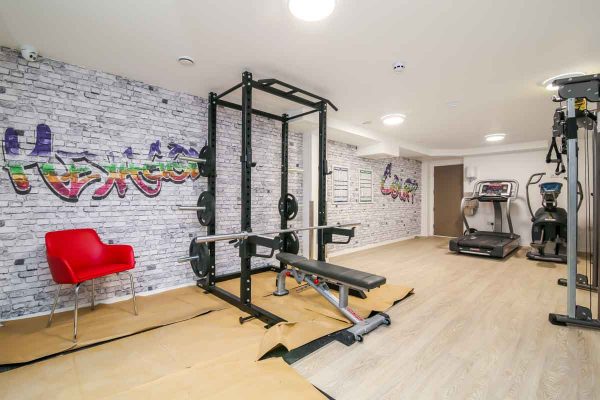
Better and brighter
There are multiple benefits of BTR, especially in today’s COVID and Brexit-affected times.
For renters, the BTR model offers a fresh alternative to the private rental market. Our sector tends to focus on delivering vibrant and exciting living spaces in urban environments, and importantly, setting the stage for a genuine community ethos to flourish – something that is missing from traditional rental markets.
Given the difficulties in the property market including a growing supply gap, opting to rent instead of buying is becoming an increasingly attractive choice for a new generation of property ladder venturers.
Possibly the greatest benefits of the BTR sector are reserved for developers and investors. Due to BTR offering a straightforward and simplistic business model, constructing new builds, or, investing in new builds becomes a relatively risk-free venture. For example, developers are less reliant on collaboration with third parties such as estate and letting agents to find tenants for the units, thus increasing the seamlessness and customer experience of filling new developments.
Moreover, BTR’s focus on offering a step-up in quality compared to private rentals, encourages tenants to sign longer tenancy agreements, thus reducing the risk of voids.
In many respects, the sector is a bridge between renting and owning – a means for people who cannot, or will not, commit to buying a property, to obtain superb living spaces with all-inclusive features that directly improve quality of life.
The clear and present opportunity is for developers to go the extra mile by providing greater tenant autonomy and personalisation, and thereby – potentially – generate even longer-dated tenancies with less churn. All of this contributes to a very attractive investment opportunity for all involved.